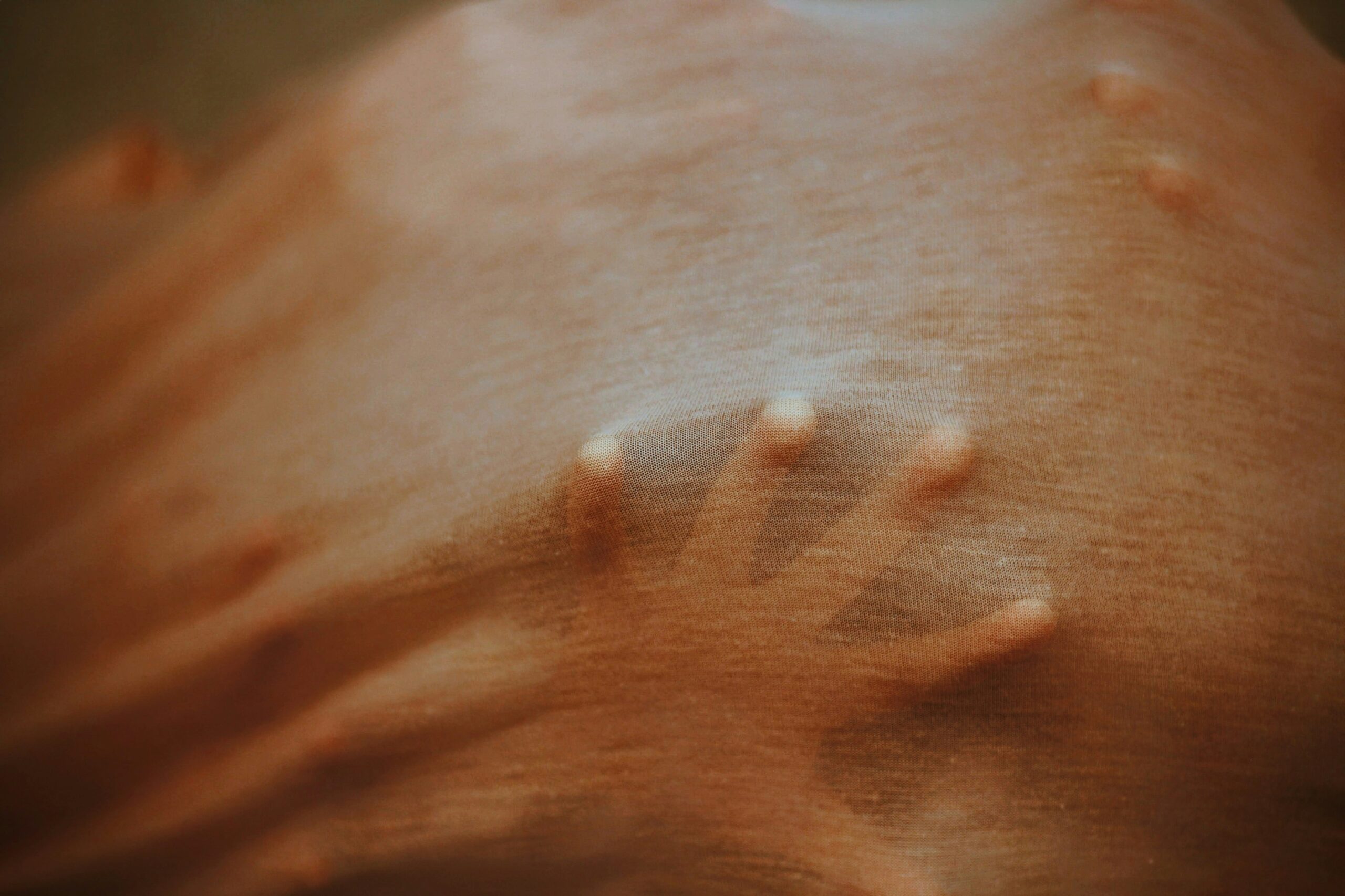Welcome back to our comprehensive guide to non-comedogenic skincare! If you’ve made it through Part 1, you now have a solid foundation in understanding what makes products pore-friendly and which ingredients to embrace or avoid. But before we dive into our curated product recommendations, we need to address the elephant in the room: the widespread myths and misconceptions that might be sabotaging your skincare routine.
Despite having access to more skincare information than ever before, many people still fall victim to persistent myths about non-comedogenic products. From the dangerous belief that “natural always means non-comedogenic” to the misconception that expensive products are automatically better for acne-prone skin, these false assumptions can lead you down the wrong path—and keep your pores clogged.
In Part 2, we’ll start by busting the most common non-comedogenic myths that could be holding your skin back. Then, we’ll move into what you’ve been waiting for: our expert-vetted product recommendations across every category and budget. Whether you’re dealing with stubborn blackheads, hormonal breakouts, or simply want to prevent future clogged pores, this guide will give you both the knowledge to avoid skincare pitfalls and the exact products that actually work.
Ready to separate fact from fiction and discover the products that will transform your routine? Let’s start by clearing up these costly misconceptions.
Common Myths Busted (Because We Love Drama-Free Facts)
Myth 1: “Expensive Means Non-Comedogenic”
Truth: Price has zero correlation with pore-clogging potential. Some drugstore products are more non-comedogenic than luxury alternatives.
Myth 2: “Natural Always Equals Safe”
Truth: Mother Nature makes some seriously pore-clogging ingredients. Coconut oil, cocoa butter, and many essential oils can wreak havoc on acne-prone skin.
Myth 3: “If It Says Non-Comedogenic, It Won’t Cause Breakouts”
Truth: Individual skin reactions vary wildly. What works for your best friend might turn your face into a breakout battlefield.
Myth 4: “Oily Skin Doesn’t Need Moisturizer”
Truth: Skipping moisturizer often makes oily skin produce MORE oil to compensate. Choose the right non-comedogenic formula instead.
Red Flags: When to Ditch a Product ASAP
Stop using a product immediately if you experience:
- New breakouts within 1-2 weeks of starting
- Increased blackheads or whiteheads
- Skin feels constantly greasy or heavy
- Pores look more visible or enlarged
- Persistent redness or irritation
The Two-Week Rule: Give new products 10-14 days to show their true colors. Initial purging with active ingredients like retinol is normal, but new clogged pores are not.
Pro Tips for Non-Comedogenic Success
1. The Patch Test Protocol
Always test new products on a small area (inside wrist or behind ear) for 24-48 hours before applying to your face. Trust us, your future self will thank you.
2. The One-Product Rule
Introduce only one new product at a time. If you start three new products simultaneously and break out, you’ll have no idea which one is the culprit.
3. The Ingredient Detective Work
Download apps like YUKA or Think Dirty to scan product barcodes and get ingredient analysis. Knowledge is power, especially when it comes to your pores.
4. The Clean Everything Strategy
- Change pillowcases every 2-3 days
- Clean makeup brushes weekly
- Disinfect your phone screen daily
- Avoid touching your face throughout the day
Building Your Routine: The Step-by-Step Game Plan
Week 1-2: Foundation Phase
Start with the basics: a gentle non-comedogenic cleanser and moisturizer. Let your skin adjust before adding anything else.
Week 3-4: Treatment Introduction
Add one treatment product (like salicylic acid or niacinamide) every other day, gradually increasing frequency based on tolerance.
Week 5-6: SPF Integration
Find your holy grail non-comedogenic sunscreen. This might take some trial and error, so be patient.
Week 7+: Advanced Additions
Consider adding retinol, additional serums, or specialized treatments based on your skin’s specific needs.
Troubleshooting Common Issues
“My Skin Feels Tight After Cleansing”
Solution: Switch to a gentler cleanser. Non-comedogenic doesn’t mean your skin should feel squeaky clean to the point of discomfort.
“I’m Breaking Out More Since Starting Non-Comedogenic Products”
Solution: You might be experiencing initial purging (normal with active ingredients) or using too many new products at once. Scale back and introduce one product at a time.
“Everything Seems to Break Me Out”
Solution: You might have fungal acne (malassezia folliculitis) instead of bacterial acne. This requires different ingredients and approach – consider consulting a dermatologist.
The Bottom Line: Your Pores Deserve Better
Non-comedogenic skincare isn’t about following trends or buying the most expensive products. It’s about understanding your skin, reading ingredients, and making informed choices that support your skin’s natural functions rather than working against them.
Remember, achieving clear skin is a marathon, not a sprint. Be patient with the process, consistent with your routine, and kind to yourself when things don’t go perfectly. Your skin is unique, and finding the right non-comedogenic products is part of your personal skincare journey.
The key is to start simple, stay consistent, and always listen to what your skin is telling you. With the right non-comedogenic products and a little patience, you can build a routine that keeps your pores happy and your skin glowing.
And if you’re currently dealing with active breakouts while transitioning to better products, don’t forget to check out our guide on natural acne treatments for immediate relief strategies that work alongside your new non-comedogenic routine.
Your clear skin journey starts with the next product you choose – make it a non-comedogenic one!

Hi! I’m Katia Luján, an SEO and Content Marketing expert with over 10 years of experience helping websites grow organically and get approved by Google AdSense.
I’ve worked in Google’s Trust & Safety team for AdSense and have helped more than 100 websites comply with monetization policies. Currently, I’m the strategist behind Buzzlix—creating SEO-optimized, high-quality content on beauty, skincare, and self-care.
I’m passionate about empowering others with actionable, sustainable, and accessible beauty content.


Leave a Reply